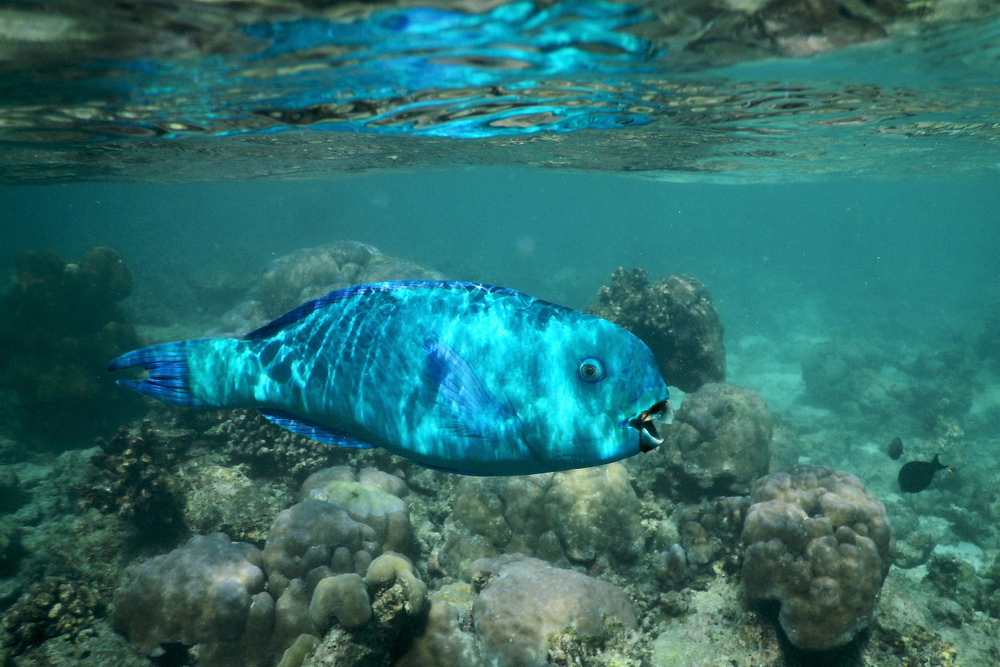Once flora and fauna have been collected, the haul must then be identified.
Taxonomy
 Species must be named for us to be able to talk about them and write about them. If everyone was allowed to name a new Species whatever they liked when they liked the whole system would be chaos. Which is exactly what happened in the scientific community before Carolus Linnaeus invented binomial nomenclature in 1758.
Species must be named for us to be able to talk about them and write about them. If everyone was allowed to name a new Species whatever they liked when they liked the whole system would be chaos. Which is exactly what happened in the scientific community before Carolus Linnaeus invented binomial nomenclature in 1758.
Binomial nomenclature
This system gives every Species two names: a genus and a Species name. A Genus is a group of closely related Species. This is similar to your first and surname. Your first name e.g. John is your Species name and your surname e.g. Smith is the genus you belong to in this example your family.
For example take 3 siblings:
George
Nicola Westminster
Denis
They all have the same surname as they are in the same household, making them closely related, so you could say they are in the same genus.
There are rules about how you spell scientific names as well. The genus is always capitalised and the Species name is always lower case. The genus and Species names are always written in Italics.
Take human beings for example:
Human beings are Homo (Genus) sapiens (Species)
This is the very bottom of the classification system, and the section you will be most familiar with. Genera are further grouped into Families, Families are further grouped into Orders, which are grouped into Classes. These are placed in Phylums, that belong to one of the three Kingdoms – Plantae, Fungi and Animalia.
The system goes like this:
- Kingdom
- Phylum
- Class

- Order
- Family
- Genus
- Species
Let’s look at the classification for Human beings Homo sapiens, and compare it to that of a Blue Whale
Try it for yourself and complete the classification for a starfish:
Below are some additional identification resources for marine organisms.

